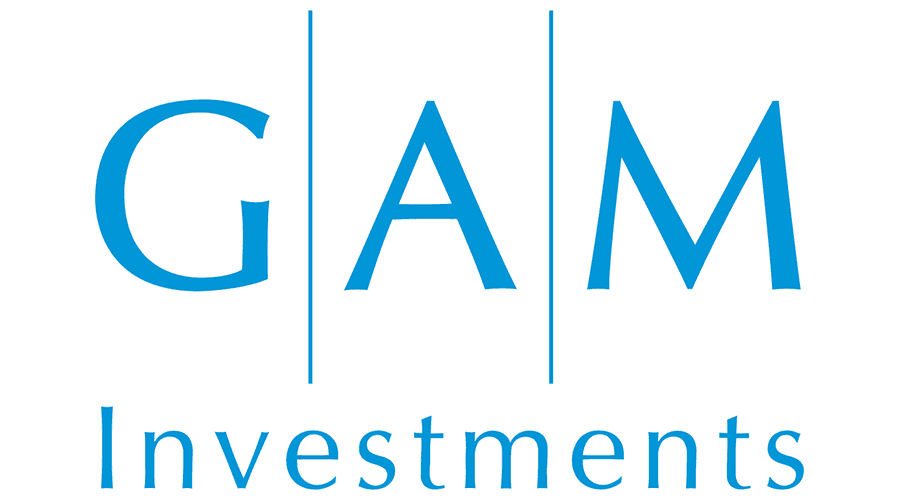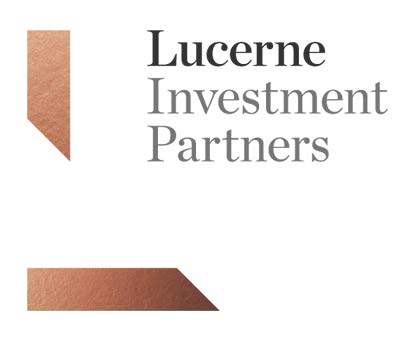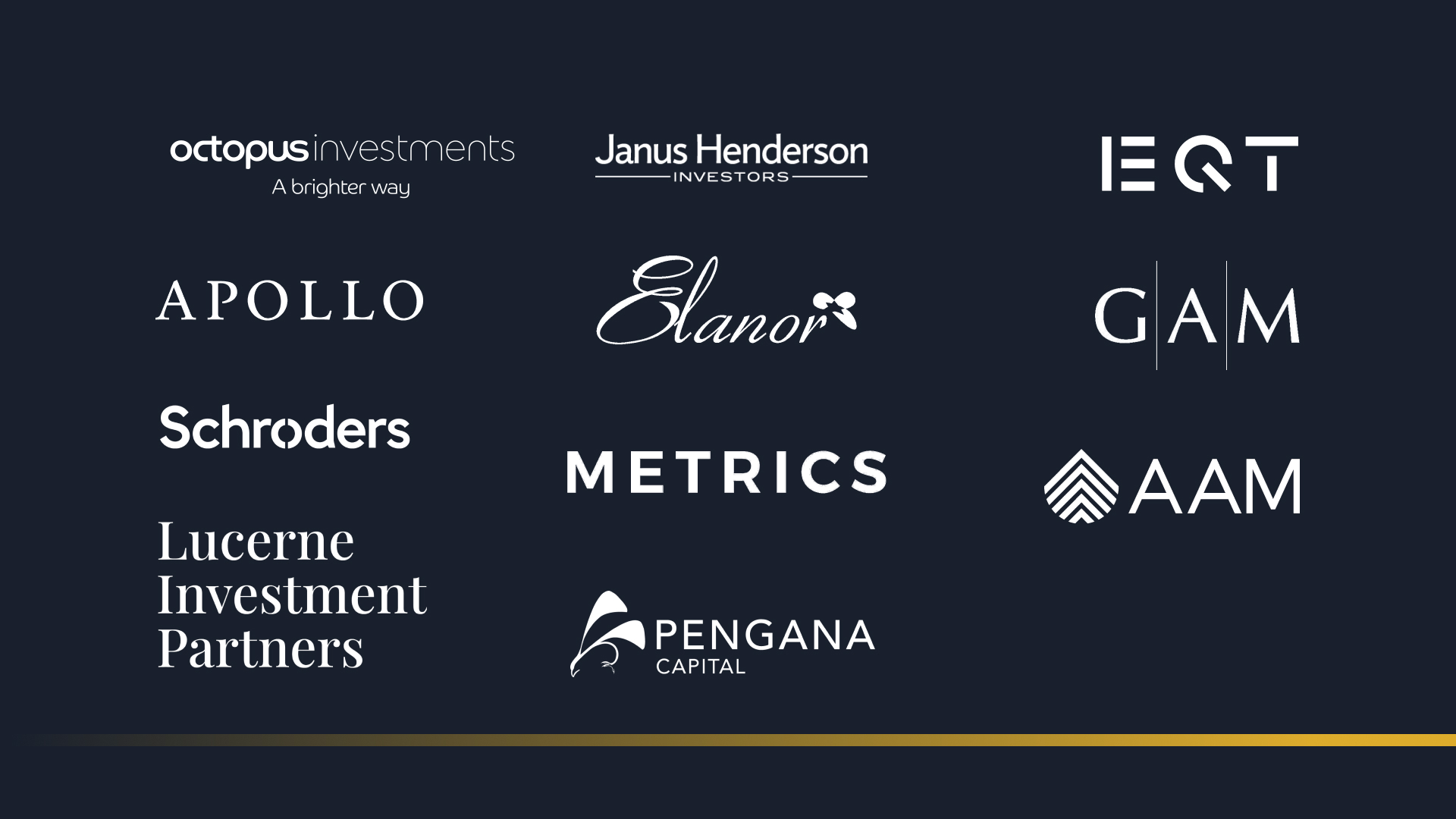Why alternative investments are important for a well-balanced portfolio
In an increasingly dynamic investment world, relying on equities and bonds for diversification is not without its challenges. We had a sharp reminder of that last year when both were temporarily positively correlated and it was brutal. Alternative strategies may be a good diversification strategy to distribute risk in a portfolio. In fact, research from UBS, Dexia Asset Management and Wheelhouse Partners has indicated incorporating alternatives may improve the risk-return metrics for certain portfolios.
While investors are becoming aware of the benefits of alternative strategies, many continue to shy away from an asset class often perceived as complicated and opaque.
But it doesn’t need to be that way. After all, alternative strategies are a big space and chances are, there’s a strategy that suits your portfolio (and the point of the market).
With this in mind, Livewire’s annual Alternatives in Focus series has covered the space for the last three weeks. But as we finish up, it’s a great opportunity to revisit some of the insights from the fund managers and experts – as well as list out some of the funds in this space for you to consider.
You can revisit the insights at the dedicated Series page.
Some of the interesting stats we’ve learned along the way
- Just 5 stocks in the S&P 500 account for 25% of the index
- Around 75% of global companies with a revenue above $100 million aren’t listed.
- Residential housing is tipped to rise 9.4% in the year to June 2025, according to KPMG.
- The Bank of America anticipates that the space industry will jump to over $1.1 trillion by 2030.
- There’s a $600 billion problem in agriculture succession planning, according to ANZ.
The seven main categories of alternative strategies – a refresher
Alternative investment strategies are simply investment strategies or assets that will perform differently to equities and bonds – that is, they have a low correlation. This means that they can be protective in periods of market uncertainty where equities or bonds might be volatile.
- Private equity – investing in private companies. This includes venture capital, growth capital and buyouts.
- Private debt – loans financed outside of the banking system or traded on an open market.
- Hedge funds – funds that trade assets and use various strategies to generate returns, such as long-short equity, market-neutral strategies, volatility arbitrage and quantitative approaches.
- Real estate and infrastructure – can span anything from offices to telecommunications towers.
- Commodities – real assets predominately natural resources, such as agriculture, metals, oil and natural gas.
- Collectibles – purchasing and maintaining physical items and hoping they increase value, such as cars, jewellery, wine, coins and art.
- Structured products – products typically created by investment banks using fixed-income markets and derivatives. Examples include credit default swaps and collateralised loan obligations.
While some strategies can be less liquid, it is not necessarily true of the entire space depending on which style and fund you use. In fact, across the series, we’ve heard from a range of fund managers seeking to offer greater accessibility and liquidity to investors across the categories.
The funds we've explored in this space
AAM Diversified Agriculture Fund
Category: Commodities
Investor Type: Wholesale Only
Minimum Investment: $100k
View the Fund in Focus or read the interview.
Apollo Aligned Alternatives Fund
Category: Private markets
Investor Type: Wholesale
Minimum Investment: $100K
Elanor Property Income Fund (EPIF)
Category: Real estate and infrastructure
Investor Type: Retail or Wholesale
Minimum Investment: $10K
View the Fund in Focus or read the interview.
EQT Multi-Access Series: EQT Nexus
Category: Private markets
Investor Type: Wholesale Only
Minimum Investment: $500K
Click on the fund card below to view more information on the fund.
_logo.svg.png)
GAM LSA Private Shares AU Fund
Category: Private markets
Investor Type: Retail or Wholesale
Minimum Investment: $20K
Click on the fund card below to view more information on the fund.

Janus Henderson Global Multi-Strategy Fund
Category: Multi-strategy
Investor Type: Retail or Wholesale
Minimum Investment: $25K
Click on the fund card below to view more information on the fund.

Lucerne Alternative Investments Fund (Fee Class 1)
Category: Multi-strategy
Investor Type: Retail or Wholesale
Minimum Investment: $50K
View the Fund in Focus or read the interview.
Click on the fund card below to view more information on the fund.

Lucerne Alternative Investments Fund (Fee Class 2)
Category: Multi-strategy
Investor Type: Retail or Wholesale
Minimum Investment: $25K
View the Fund in Focus or read the interview.
Click on the fund card below to view more information on the fund.

Metrics Income Opportunities Trust (ASX: MOT)
Category: Private credit
Investor Type: Retail or Wholesale
Minimum Investment: $500

Octopus Renewable Energy Opportunities Fund (OREO)
Category: Real estate and infrastructure
Investor Type: Wholesale
Minimum Investment: $100K
Click on the fund card below to view more information on the fund.

Pengana Private Equity Trust (ASX: PE1)
Category: Private Equity
Investor Type: Retail or Wholesale
Minimum Investment: $500
Click on the fund card below to view more information on the fund.

Schroder Specialist Private Equity Fund
Category: Private Equity
Investor Type: Retail or Wholesale
Minimum Investment: $25K
Click on the fund card below to view more information on the fund.

The following firms initiated a commercial partnership with Livewire in order to participate in the Alternatives in Focus Series.

1 topic
2 stocks mentioned
7 funds mentioned
1 contributor mentioned


